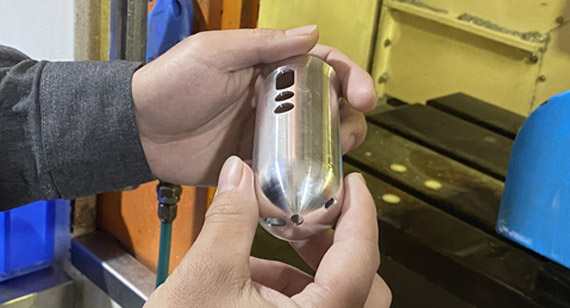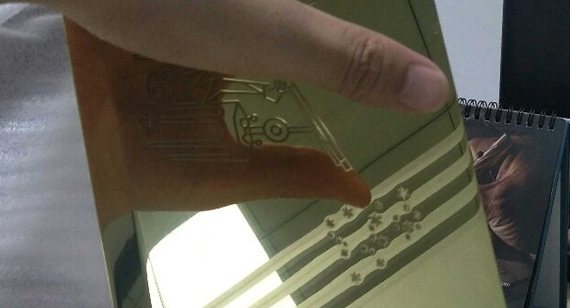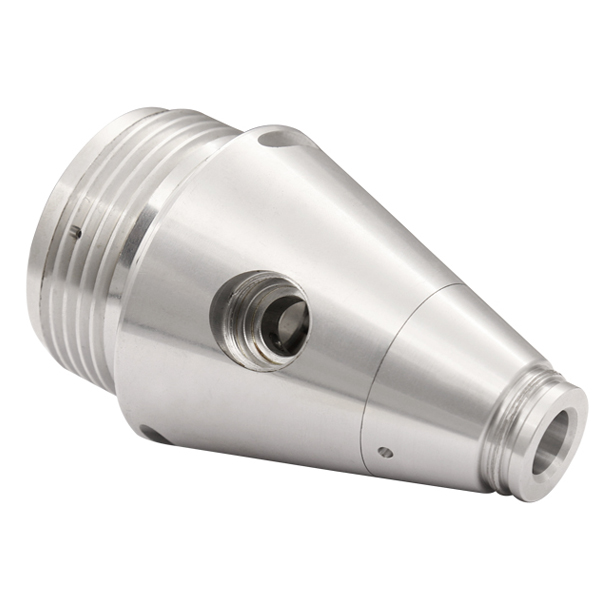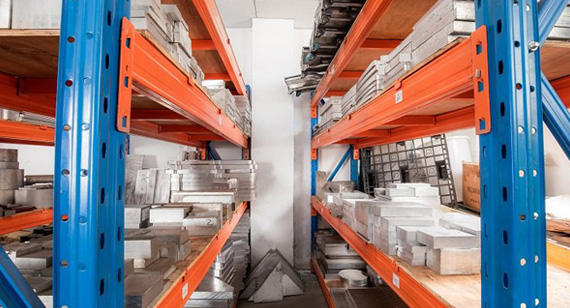15 years one-stop China custom CNC machining parts factory

Hey there I’m VMT Sam!
With 25 years of CNC machining experience we are committed to helping clients overcome 10000 complex part-processing challenges all to contribute to a better life through intelligent manufacturing. Contact us now
 994 |
Published by VMT at Nov 13 2023
994 |
Published by VMT at Nov 13 2023
The difference between surface finishes of RA0.4 and RA0.8 is a critical consideration in CNC machining aluminum alloy parts, impacting both aesthetics and functionality. These surface finish values, expressed in micrometers, represent the average roughness of a machined surface. Let's delve into the distinctions between RA0.4 and RA0.8 and their implications for CNC machined aluminum parts.

The Basics: Surface Finish in CNC Machining
Let's grasp the fundamentals of surface finish in CNC machining. Surface finish refers to the texture, roughness, and overall quality of the surface after the CNC machining process. It plays a pivotal role in determining the part's functionality, appearance, and performance.
RA0.4: The Pinnacle of Precision
RA0.4, or Roughness Average 0.4, denotes an exceptionally smooth and precise surface finish. Achieving RA0.4 requires a meticulous approach to CNC machining, involving precise toolpaths, optimal cutting speeds, and fine-tuned parameters. The result is a surface with minimal imperfections, approaching a mirror-like quality.
Key Characteristics of RA0.4:
Mirror-Like Appearance: RA0.4 imparts a highly reflective, mirror-like appearance to the aluminum surface. The reflections are crisp, creating a visually stunning finish.
Exceptional Smoothness: Tactilely, RA0.4 surfaces feel exceptionally smooth to the touch. This level of smoothness is particularly desirable in applications where precision and aesthetics intersect.

RA0.8: Balancing Precision and Practicality
RA0.8, with a slightly higher roughness average, strikes a balance between precision and efficiency. While it doesn't achieve the mirror-like perfection of RA0.4, it offers a highly respectable surface finish that meets the requirements of various applications. RA0.8 strikes a balance between cost-effectiveness and maintaining a quality finish.
Key Characteristics of RA0.8:
Polished Appearance: RA0.8 maintains a polished appearance but with a discernible texture. It strikes a visual balance between a smooth finish and the practicalities of machining efficiency.
Cost-Effective Precision: For applications where the absolute pinnacle of precision is not a strict necessity, RA0.8 provides an effective compromise, ensuring quality without excessive CNC machining costs.

Choosing Between RA0.4 and RA0.8: Considerations for CNC Machined Aluminum Parts
Application Requirements:
Consider the specific requirements of the application. For industries like aerospace or medical, where precision is paramount, RA0.4 may be the preferred choice.
Cost Considerations:
Evaluate the budget constraints. Achieving a lower surface roughness involves more meticulous machining processes, impacting costs. RA0.8 offers a cost-effective alternative without compromising significantly on quality.
Functional Aspects:
Assess the functional requirements of the parts. Components with tight tolerances, intricate designs, or those involved in high-precision assemblies may benefit from the enhanced smoothness of RA0.4.
Aesthetic Preferences:
Consider the visual appeal of the final product. RA0.4 delivers a premium, refined appearance, while RA0.8 balances aesthetics with efficiency.
The specific aluminum alloy being machined can influence the achievable surface finish. Softer alloys may lend themselves more readily to achieving finer finishes.

In summary, the choice between RA0.4 and RA0.8 is a dynamic decision influenced by the unique requirements of each CNC machining project. Whether aiming for the pinnacle of precision with RA0.4 or embracing the balance of efficiency and quality with RA0.8, the surface finish choice plays a crucial role in defining the character and performance of CNC machined aluminum alloy parts.
Ready To Start Your Next Project?
Get Instant Quote

Request a Free Quote
Send us a message if you have any questions or request a quote. We will get back to you ASAP!